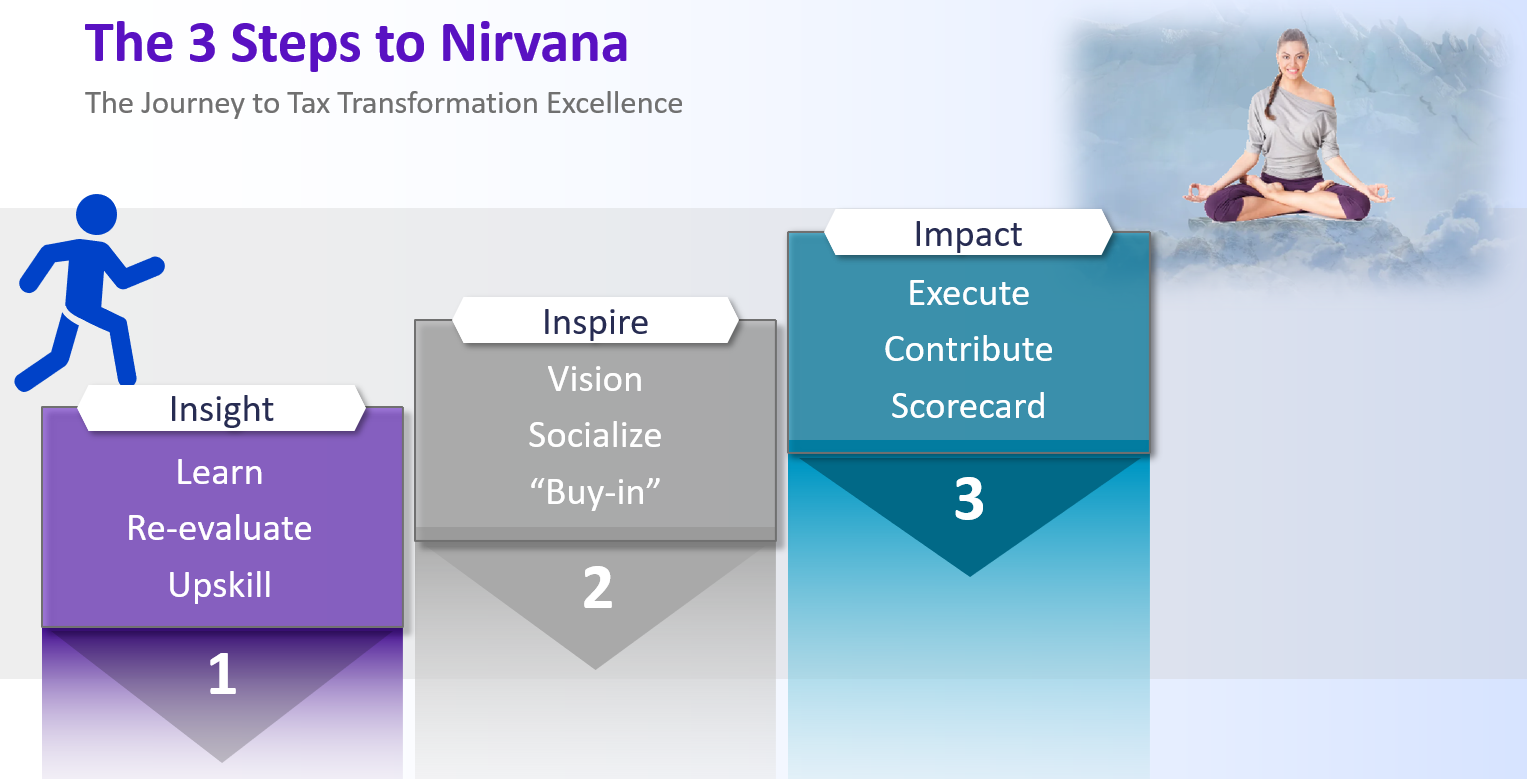Getting value from tax engines for next tier companies
When global indirect tax determination (tax engines) first came out 20 years ago, they were the preserve of the very large. Only the biggest companies in the world had the scale & volume to realize a worthwhile ROI from these beasts, but that situation has now changed.
Firstly, the move to cloud has lowered costs, simplified install & maintenance, and made automated tax determination more readily available (perhaps we could call it TDaaS – Tax Determination as a Service!). But secondly, the digitalization of tax, largely driven by the authorities, has impacted all companies, big and small. This means everyone is now looking at some form of technology in their tax processes.
Knee-Jerk Reaction
The easy answer is to outsource the problem downstream, and the BIG4 are having a bonanza obliging. Yet many are realizing that this also means outsourcing your visibility & control over tax data, muddling the risk profile, and leaving internal tax professionals without the opportunity to digitally advance themselves. The push is now to do more in-house.
However, despite improvements, tax engines are not yet a slam dunk for small & medium-sized enterprises. Here are three things to consider:
- Because “tax touches everything” (especially in VAT world), tax engines are necessarily invasive in systems, which means a high-quality implementation remains complex & specialized;
- These tools are not yet subscription-based (instead of license agreements), nor can they be considered microservices yet, which means avoiding being locked into a single vendor solution remains problematic; and,
- Tax determination is not tax reporting! It seems strange to call this out yet frequently they are collapsed together in the minds of leadership. In fact, for digitalizing tax authorities, the correct response is to “get tax data right first time at source”, and solving this sits solely in the realm of tax determination.
Ed: E-commerce is in better shape than complex supply chain companies. With easier implementation and a raft of new products, tax determination for e-commerce is closer to being commoditized. However, watch out for opportunist vendors overly tilted towards quick returns for their investors in this hot market.
For most, a tax engine is still the largest, most impactful tech investment a tax function can make, and for some large companies it took a decade for their tax determination solutions to settle down. Smaller companies cannot afford that overhead, nor do they have the transaction volumes to get a reasonable ROI by thinking of the tax engine in terms of “IT & automation” alone.
The Real Opportunity
In truth, “IT & automation” was never the best way to think about a tax engine. It leaves digitally challenged tax leadership surprised & confused when they suddenly find themselves responsible for a P1 (Priority 1) enterprise application – “if the tax engine fails, we can’t bill customers”. This led to fraught adjustment periods and early adopters who still, to this day, “get by” with what they cobbled together.
Small & medium sized companies cannot afford that either. Trial & error is no longer a strategy anyone should consider, large or small. Nor is believing market rhetoric about plug ‘n play tax engines (no matter how much you want it to be true) only to then discover the already known tech adoption issues later at your leisure.
Fortunately, they don’t have to. Firstly, it’s critical to learn from those who went before and move beyond the default “IT & automation” thinking into a 21st century “digitalization & data” mindset. For tax, this is where the real ROI lives today.
The second step involves communicating, enrolling, and socializing this with your colleagues & company, and finally, the third step involves excellent execution & implementation of a tax engine as integral to an innovation journey. This way, even small & medium sized companies will reap a substantial digital dividend.
By the way, if you haven’t noticed, we’ve just described the Three Steps to Nirvana. Here are some of its advantages:
- The best response to tax authority digitalization
- The opportunity to put ‘data’ front and center
- Visibility & holistic control over the tax solution
- Digitally empower & upskill your tax professionals
- Tax becomes a trusted business partner and digital project co-pilot
- Future-proof the tax function
- Gain a redefined positive ROI from your investment in a tax engine.
These extra benefits come from each of the people, process, technology & ‘data’ components that digital innovation addresses independently and as a single unit, and not just technology alone which, quite frankly, was never really enough.
Watch This Space
If this has caught your interest, look out next week for a never-to-be-repeated offer to take the first of the three steps. If you can’t wait, contact us and we’ll tell you what it’s all about.


1 Comment
[…] Source: Xytotechtechnology […]